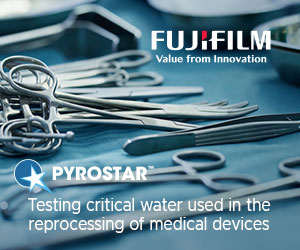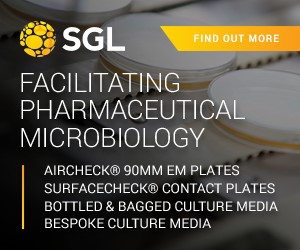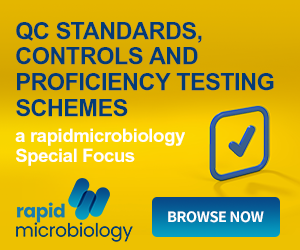Automation of Traditional Microbiology Assays Improves Bottom Line
| In a worsening economic climate, companies of all sizes from start-up contract labs to powerhouse pharmaceutical companies, are paying close attention to their bottom lines. A manager's challenge is to carefully monitor expenses without sacrificing quality of product or service. Is there a way to cut operating costs and not only maintain, but actually improve quality? Gary Zurenko from Micromyx thinks so. Micromyx (www.micromyx.com) is a contract research organization (CRO) offering microbiology services for the pharmaceutical, animal health and biotech industries. Founded in 2004, Micromyx has always had a 'work smarter' attitude, and in this economy, that attitude is paying off. Gary and his colleagues have investigated new methods for automating traditional microbiology assays. For Micromyx, the focus has been to save on culture media expenditures, run tests faster, and benefit from the most efficient use of their staff. All this, while actually improving the quality of results. While each client relationship is individually developed for as many or as few services necessary, Micromyx prides itself on being a one-stop-shop for drug development companies requiring guidance on the complexities of bringing a new antimicrobial drug to market. From discovery projects, pre-clinical testing and support, to preparation of Investigational New Drug applications (INDs) and New Drug Applications (NDAs), the Micromyx team of researchers and writers have the necessary depth of experience and laboratory capabilities required. One of the laboratory services Micromyx offers is time-kill kinetic tests which assess the bactericidal activities of potential new drug compounds. Establishing a time kill curve requires large volumes of plated culture media for multiple plated dilutions. A single study could consist of thousands of plates. As an answer to the rising cost of culture media, Micromyx uses the WASP II spiral plater to eliminate many of the serial dilutions performed during a typical time kill assay.
Another time saving instrument used by Micromyx is the ProtoCOL automated colony counter. The microbial concentration of the spiral plate is determined by counting the colonies within a specific region of the petri dish and dividing by the known volume in that region. Counting hundreds of spiral plates manually is not a job anyone volunteers for, as it is time consuming and tiring. The ProtoCOL counts spiral plates in less than a second and never tires of its task, resulting in more accurate and reliable counts. 'Accurate enumeration of our spiral plates is what constructs the time-kill curve, making the study data meaningful,' says Gary, 'the fact that we can automate this process and use less time and materials, means we can offer competitive pricing for our clients.' Micromyx previously used an old laser scanner which was limited by its inability to count plates with labels on the bottom, or colonies on opaque medium such as blood agar. This limitation required Micromyx to purchase more expensive plates with side labels.
Micromyx boasts a full staff of microbiologists, all of whom have worked with at least one new drug from concept to approval and amassed years of experience in infectious diseases research. This depth of expertise means informed consulting, intuitive strategies, troubleshooting, and accurate result interpretation. It also means the great minds of Gary's team are better utilized for 'thinking' tasks, as opposed to performing menial / tedious tasks, such as colony counting. 'It is just not cost effective to have a senior-experienced microbiologist counting colonies, when this task is done quickly and accurately by a machine. My team members' time is better spent elsewhere,' says Gary. Micromyx has achieved improvements in efficiency with ProtoCOL as well as alleviating some labor-intensive work, especially in time-kill kinetic studies. While the financial perks of freeing up precious researcher time are obvious, they may be overshadowed by the staff's relief over not having to manually count colonies. According to Paul Pagano, Micromyx Scientist, 'Counting bacterial colonies manually is taxing and a redundant task. The ProtoCOL and WASP spiral plater allows us to focus our efforts on more challenging and higher-complexity tasks'. The WASP II and ProtoCOL do their part to promote efficient use of researcher time and materials. Improving results using cost-efficient technology will be a necessary strategy for companies looking to thrive in today's economy. Micromyx embodies this and understands the importance of not sacrificing quality even while watching the bottom line. The WASP II spiral plater and ProtoCOL colony counter enable Micromyx to improve the accuracy and consistency of their results, save money on media expenditures and save researcher time with increased efficiency. |
NOTE: This item is from our 'historic' database and may contain information which is not up to date.
Source : Microbiology International View Company Information
Posted on March 3, 2009






